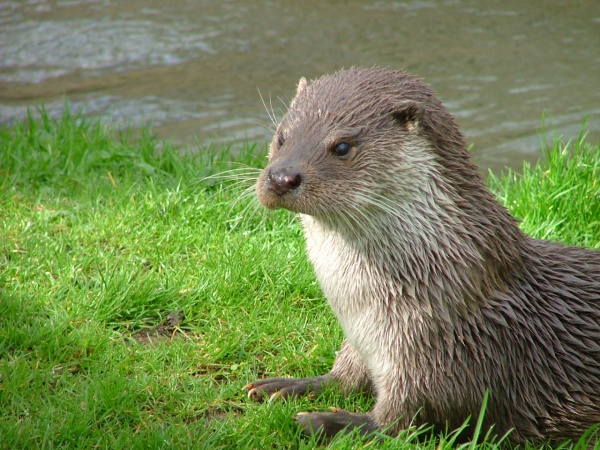Facts About Eurasian otter
The Eurasian otter, often referred to as the European otter, is a captivating semiaquatic mammal native to Eurasia. It is the most widespread member of the otter family, inhabiting waterways and coastal regions across Europe, parts of Asia, and northern Africa. These otters primarily feed on fish and are known for their territorial nature. While endangered in some regions, they are experiencing a resurgence in others.
Eurasian otters have slender bodies with brown fur on top and cream-colored fur underneath. They are well-adapted for aquatic life, possessing dense bones that help reduce buoyancy. Distinguished from North American river otters by their shorter necks, broader faces, and longer tails, they typically measure between 57 to 95 cm in length, with females being smaller than males.
Eurasian otters make their homes in a variety of freshwater environments such as lakes, streams, rivers, and ponds, as well as coastal areas. They require access to both fresh and saltwater to maintain their fur's cleanliness. While their diet consists mainly of fish, they also consume amphibians, crustaceans, insects, birds, and small mammals. These otters breed throughout the year, with females reaching sexual maturity at approximately 18 to 24 months. After a gestation period of 60-64 days, they generally give birth to one to four pups.
Conservation efforts have led to a resurgence of Eurasian otter populations in Europe. Bans on harmful pesticides, improvements in water quality, and legal protections have been instrumental in their recovery. However, in parts of Asia such as Pakistan, India, Bangladesh, Myanmar, and Thailand, populations remain endangered, and in Mongolia, they are critically endangered.
Interestingly, research indicates that despite population declines, Eurasian otters have retained their genetic diversity. Nevertheless, they continue to face significant challenges, including the decline of native freshwater fish, their primary food source, and the introduction of non-native fish species in some areas. To ensure the long-term survival of the Eurasian otter, continued conservation efforts and habitat protection are imperative.

 San Marino
San Marino